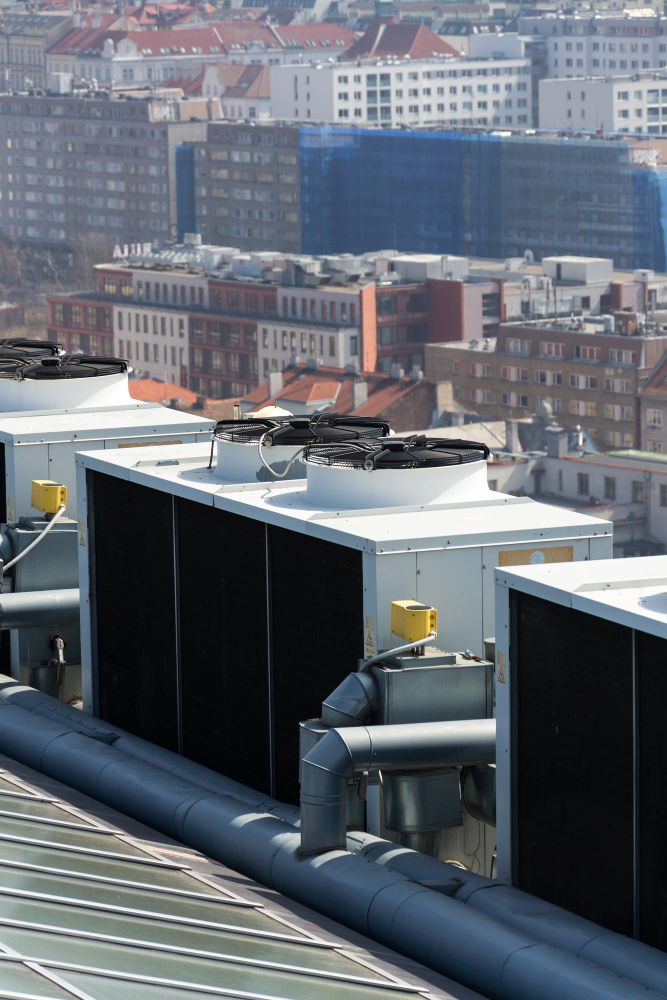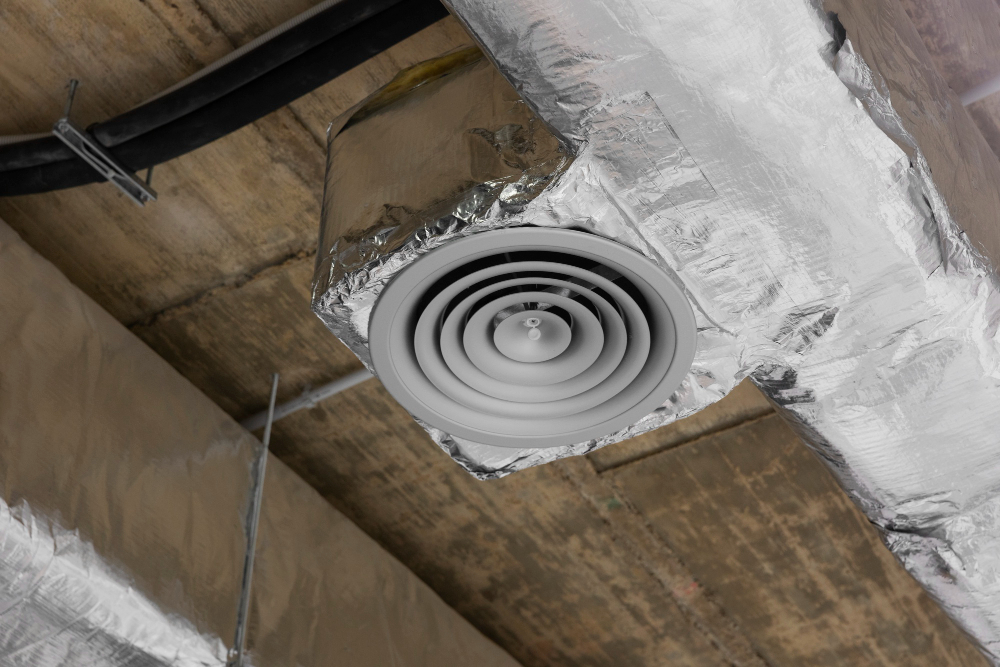Last updated on
The heating, ventilation, and air conditioning (HVAC) industry has undergone significant changes in recent years, driven by evolving technologies and changing environmental priorities. Advancements in areas like building automation, energy recovery solutions, connected equipment, and renewable energy integration all present opportunities and challenges for commercial contractors.
With sustainability mandates becoming more stringent and the demand for energy-efficient, intelligently controlled indoor environments rising, industry players must stay abreast of the latest trends and innovations to remain competitive. This article explores some critical developments currently heating the commercial HVAC space, from improvements in comfort and IAQ to new approaches for reducing carbon footprint.
Improving Efficiencies Through Variable Refrigerant Flow Technology

One of the most significant trends driving growth in commercial HVAC systems is adopting variable refrigerant flow (VRF) technology. Unlike traditional heating and cooling systems that use a single compressor to regulate temperature, VRF allows for more precise control by utilizing multiple compressors and speed drives that can vary refrigerant flow rates based on demand. This results in reduced energy consumption, improved comfort, and better temperature balance throughout a building.
Moreover, VRF systems utilize heat recovery technology for simultaneous heating and cooling in different building areas. It enables greater flexibility regarding zoning control within a space while reducing overall energy consumption. As buildings become more complex, with varying thermal loads throughout the day, VRF offers an efficient solution to these challenges. Check out https://www.meadowair.com/brands/goodman/ for more info.
Advances in Smart Thermostats and Building Automation
Another significant trend in commercial HVAC systems is the integration of smart thermostats and building automation systems. By using connected sensors, these technologies can monitor and adjust temperature settings based on occupancy levels, outdoor conditions, and individual user preferences. It enhances comfort and helps reduce energy waste by eliminating unnecessary heating or cooling when spaces are unoccupied.
Moreover, with the rise of the Internet of Things (IoT) and data-driven decision-making, building automation systems can collect and analyze real-time data from HVAC equipment to optimize performance and detect potential issues before they lead to costly breakdowns. This proactive maintenance approach saves time and money and improves overall system reliability.
Cooling Towers Take Advantage of Evaporation for Natural Heat Dissipation

While traditional cooling towers consume significant energy to reject heat from HVAC systems, new innovations are changing the game. By leveraging evaporation, these systems can take advantage of naturally occurring processes instead of relying solely on mechanical cooling methods.
One such innovation is using hybrid fluid coolers, which combine evaporative and air-cooled technologies. These systems can save up to 60% on energy costs compared to traditional air-cooled systems, making them an attractive option for commercial buildings looking to reduce their carbon footprint and lower operating expenses.
Cutting Edge Refrigerants Reduce Greenhouse Gas Emissions
Reducing the environmental impact of HVAC systems is a top priority for many building owners and operators. To address this, industry leaders are exploring new refrigerants with lower global warming potential (GWP) than traditional options like hydrofluorocarbons (HFCs). One such alternative is HFOs, which have a GWP of less than one compared to the GWP of 1,430 for R-410A, a commonly used HFC refrigerant.
Moreover, manufacturers are investing in research and development to create more sustainable refrigerants with zero ozone depletion potential (ODP). These advancements help reduce greenhouse gas emissions and align with government regulations aimed at phasing out high-GWP refrigerants in the coming years.
Integrated Cold Chain Solutions for Commercial Foodservice and Logistics
Another exciting area of innovation in commercial HVAC systems is the development of integrated cold chain solutions. As online food delivery and cloud kitchens continue to gain popularity, there is a growing need for reliable refrigeration systems that can effectively maintain proper temperatures throughout the entire supply chain, from production to delivery.
One approach to achieving this is implementing smart temperature-controlled storage units. These advanced storage units are equipped with state-of-the-art sensors and utilize cutting-edge data analytics to monitor and regulate precise temperature levels constantly. By doing so, they not only ensure optimal food safety but also contribute to the reduction of food waste and operational costs.
With these integrated cold chain solutions, businesses in the food industry can have peace of mind knowing that their products are kept at the ideal temperature at all times, guaranteeing freshness and quality for their customers. This level of precision and efficiency is crucial in meeting the ever-increasing demands of today’s dynamic market.
Customizable Indoor Air Quality Management
In addition to temperature control and energy efficiency, indoor air quality (IAQ) is another critical consideration for commercial building owners and occupants. Poor IAQ can lead to various health issues, including headaches, fatigue, and respiratory problems. To address this, HVAC manufacturers are developing customizable solutions that can help improve IAQ based on the specific needs and challenges of each building.
These solutions may include advanced air filtration systems, UV disinfection technology, and humidity control measures. By offering customizable IAQ management options, HVAC contractors can better meet the diverse needs of their commercial clients and create healthy indoor environments for building occupants.
The Takeaway
As businesses and building owners prioritize sustainability and energy efficiency, the commercial HVAC industry will see continued innovation in the coming years. From advanced technologies that improve efficiency and comfort to sustainable refrigerants and customizable IAQ solutions, these trends are shaping the future of commercial HVAC systems and helping reduce their environmental impact.
Table of Contents




